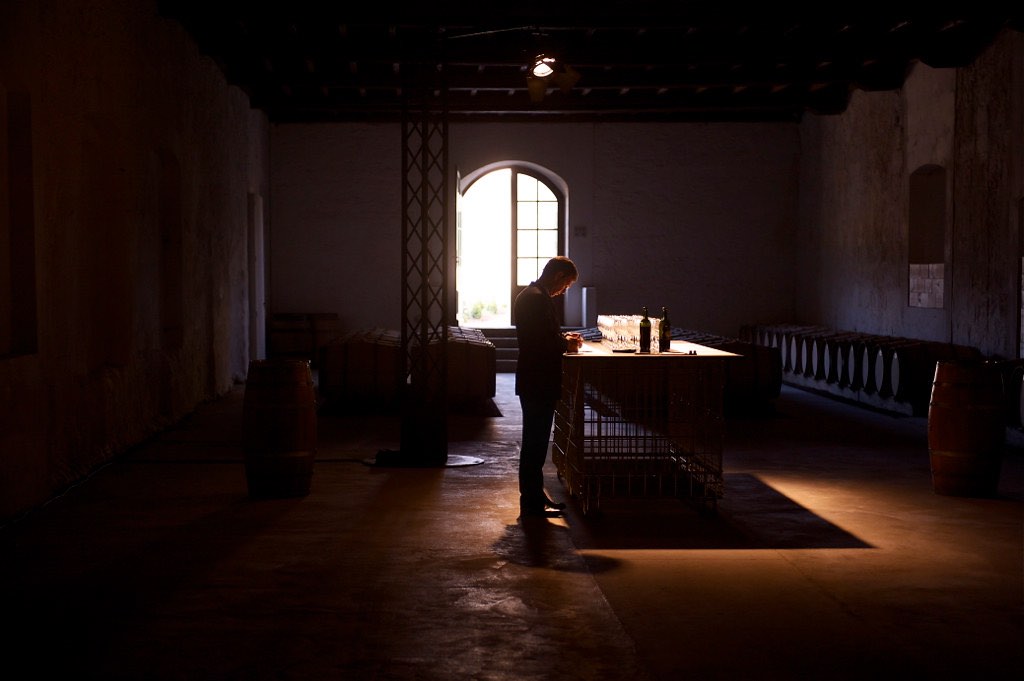
What would Major General Charles Palmer think of Château Palmer being turned into a public cinema in 2022?
This is a different Chíateau Palmer from the one most wine lovers contemplate, but also in Bordeaux; famous now for a different reason but also a fine wine estate, at least when Charles owned it. The story of Charles and the two châteaux becomes interesting because, despite the importance of the castle to Château Palmer’s current iconography, when the English military officer bought the property in 1814, no “real château” existed according to a 19th century source. To be fair, he gained an extremely well-known wine estate from Widow de Gasq featuring a maison de maître, cellars and vat room, but a second 1824 source refers simply to the vineyards of Charles Palmer, no château in Margaux.
He snapped up another estate, though, with a proper château, conveniently located and with stunning panoramic views of the city of Bordeaux over the Garonne River from Cenon, Entre-Deux-Mers. On July 24, 1824, there is reference to “M. Palmer” (represented by the bevy of Belouguet, Lavidalie, Baudouin, Cailly, Sabes and Coupat) hiring an expert to oppose land expropriation in Cenon for a public road, but no one bothered showing up at the next meeting. Even at that early date, contemporaries foresaw Bordeaux’s urban sprawl extending “beyond Avenue Thiers.”
Lieutenant Colonel Palmer of the 10th Hussards Regiment had paused in Bordeaux after mopping up from the Battle of Toulouse and Napoleon’s abdication. Starting in 1814, with low land prices occasioned by Napoleon’s just-ended blockade of England, optimist Charles cobbled together the capital to create a viticultural empire. Bordeaux, today as in the 19th century, welcomes foreign investment, but it may chew up and spit out the unwary, unpresent, or undedicated, keeping their precious brands. Palmer went on a peripatetic acquisition of grape producing parcels, swiftly accumulating 163 hectares in the Médoc and large holdings in Cenon, many of them from Widow de Gasq, sole controller of family wine estates developed since at least the 16th century. As a French source summarized 30 years ago: in a short time, Palmer “bought domains at Cenon, very close to Bordeaux, and amassed an immense viticultural ensemble at the entry to Médoc, too big, in fact.”
The vinous produce was sold as Margaux wine in England and elsewhere, using phrases like “Palmer’s Claret” and “Palmer’s Superior Margaux Claret”; in 1834 India, it was even “Genl. Palmer’s Château Margaux Claret.” In 1821 Barbados we find, “For Sale—A few dozen of Palmer’s claret, cheap for cash, to close a consignment.” “GENERAL PALMER’S MARGAUX CLARET, three years in Bottle, 60s. per doz., Bottles included,” was a typical advert in 1830s England; simply “Palmer Margaux” appeared in 1839 New York and New Orleans. Copious publications existed in London, Bath, Barbados, and Bombay newspapers. A notable one is the June 6, 1821, announcement in the Bombay Gazette of “Superior Palmer’s Claret of the Vintage of 1815”:
“Messrs. Forbes & Co….



